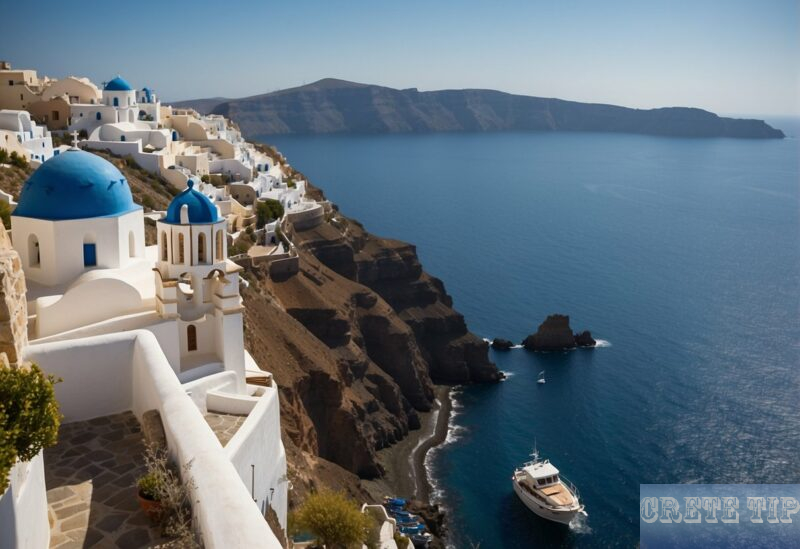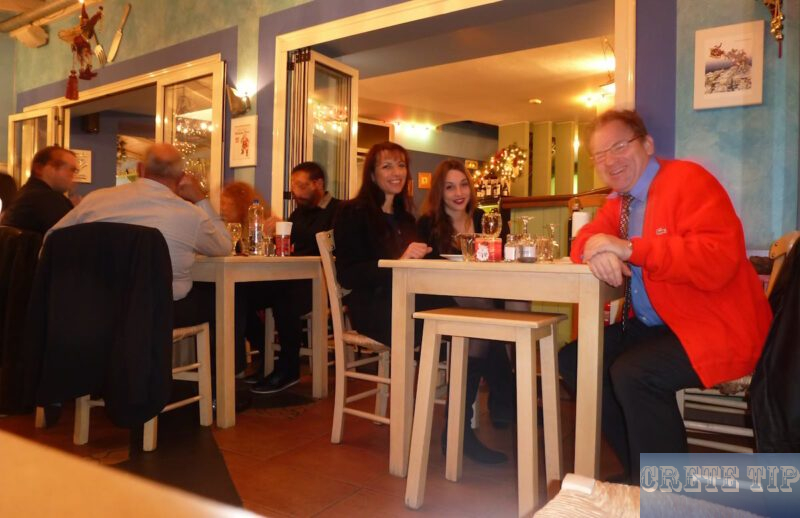Historical Museum of Crete in Heraklion: A Fascinating Journey Through Cretan History.

If you’re curious about Crete’s rich past, the Historical Museum of Crete in Heraklion is honestly a great place to start. This museum takes us on a journey through Cretan history from early Christian times right up to today, using real artefacts, photographs, and detailed models of Heraklion.
Wandering its rooms, you get a tangible sense of what life was like on the island over the centuries. It’s almost like time travel, minus the sci-fi.
The historical exhibits help us picture not only the city’s development but also rural life, offering a pretty complete look at Cretan culture. With each display, you stumble on new stories and traditions that shaped Crete into what it is now.
The museum welcomes adults and children alike—really anyone with a spark of curiosity about Crete’s unique story. Visiting feels like stepping right into the island’s living history, honestly.
About the Historical Museum of Crete
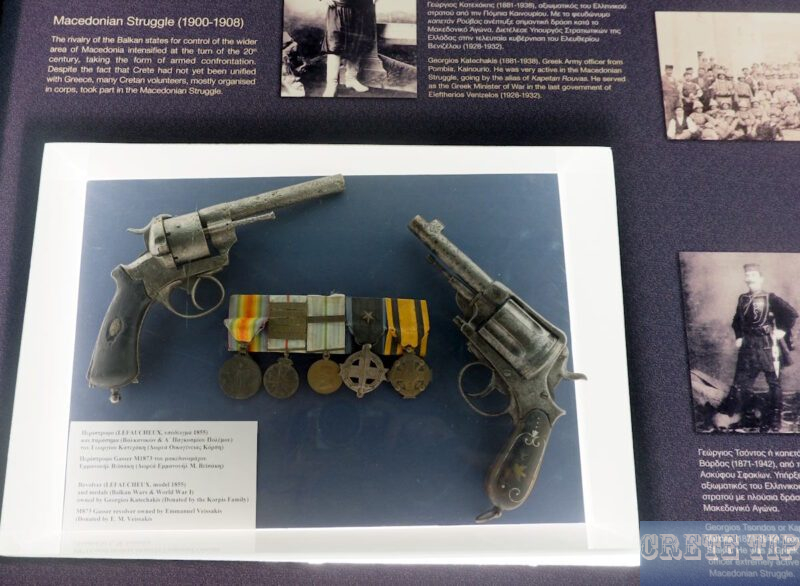
This place brings Crete’s story to life, with artefacts and exhibits from so many periods. It highlights the island’s past and culture, all in a friendly, educational setting right in the heart of Heraklion.
History of the Museum
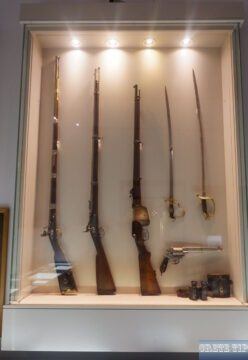
The Historical Museum of Crete was founded in 1953 by the Society of Cretan Historical Studies. Their goal? Collect, study, and display important historical material from across the island.
The Kalokerinos family helped get it off the ground, sponsoring its early years. The main building is a lovely example of neoclassical architecture, and over the years, it’s grown with thoughtful additions that match the original style.
You can really see how the society behind it has pushed to expand and improve things. The exhibitions cover Cretan history from the early Christian era up to modern times, focusing on key events, daily life, and cultural heritage.
The Historical Museum of Crete is known for blending tradition with new research and display ideas. It’s a mix that works, in my opinion.
Mission and Vision
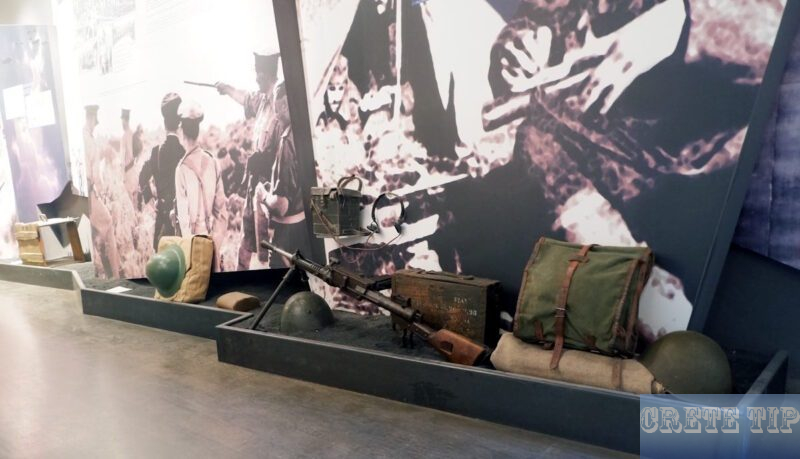
The mission at the Historical Museum of Crete is to keep the story of Crete alive for everyone. They aim to protect, study, and share the island’s rich heritage.
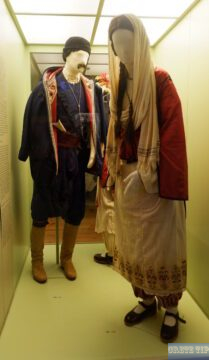
The museum acts as a centre for both education and research, offering a wide range of exhibits and events for all ages. Learning is central to everything they do, and they run educational programmes for schools, students, and visitors.
Interactive displays invite us to explore and ask questions. The team genuinely tries to make history clear, accessible, and—well—interesting for the public.
Building connections between the past and present is a big part of our vision. They hope visitors can see how Crete’s history shapes its people and culture today.
The museum regularly updates its collections and adapts to meet the needs of locals and tourists alike. Staying fresh is part of their job.
Location and Accessibility
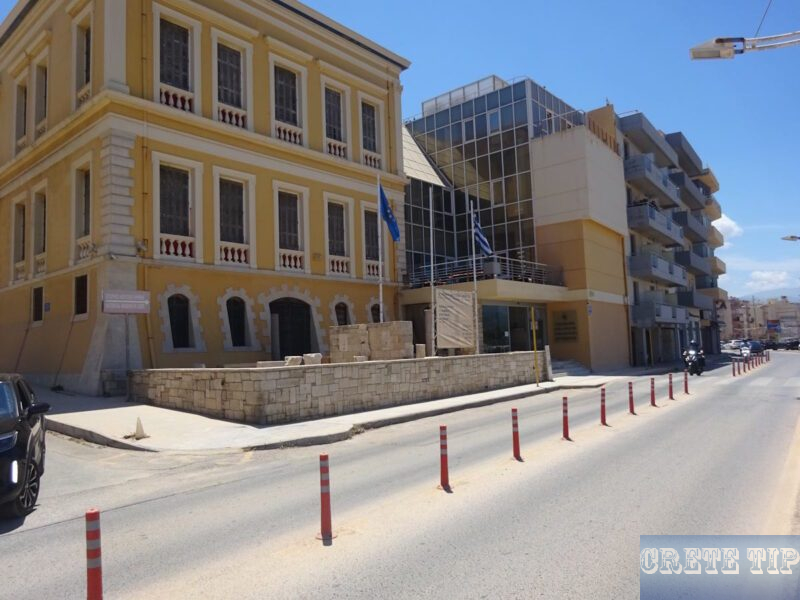
You’ll find the museum in Heraklion, right at the heart of Crete. The museum is near the seafront, just a short walk from many of Heraklion’s other attractions and the large car park at the harbour.
It’s at 7 Lyssimachou Kalokerinou Street—pretty easy to find whether you’re on foot, bus, or in a taxi. The neoclassical building is well-equipped for visitors, including those with mobility needs.
There are ramps, lifts, and accessible toilets. Public transport is close by, and there are several car parks nearby if you’re driving.
The museum offer guides and information in several languages for international visitors. The site is close to other sightseeing spots, making it easy to add to any Heraklion tour.
Facilities include a café, a museum shop, and space for special events. They want everyone to have a comfortable, enjoyable visit—no stress.
Permanent Exhibitions
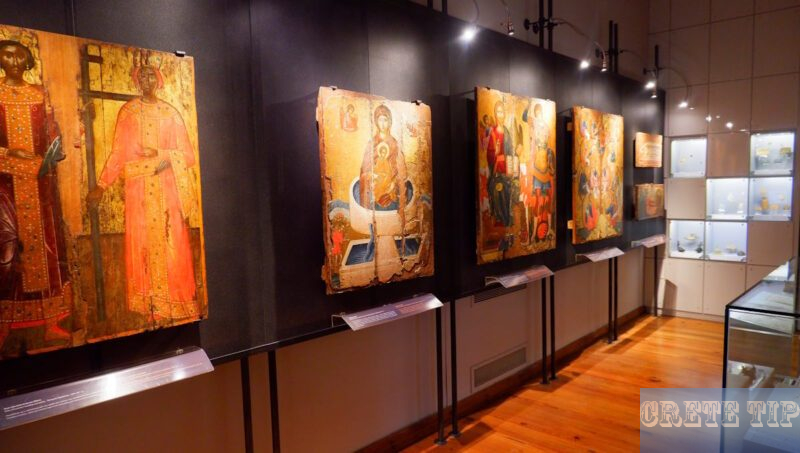
This museum really showcases Crete’s story, highlighting moments from ancient civilisations, religious history, urban life in Chandax, and remarkable Cretan figures. By exploring art, objects, and personal stories, you get a better feel for the island’s past and its cultural contributions.
Ancient and Early Christian Times
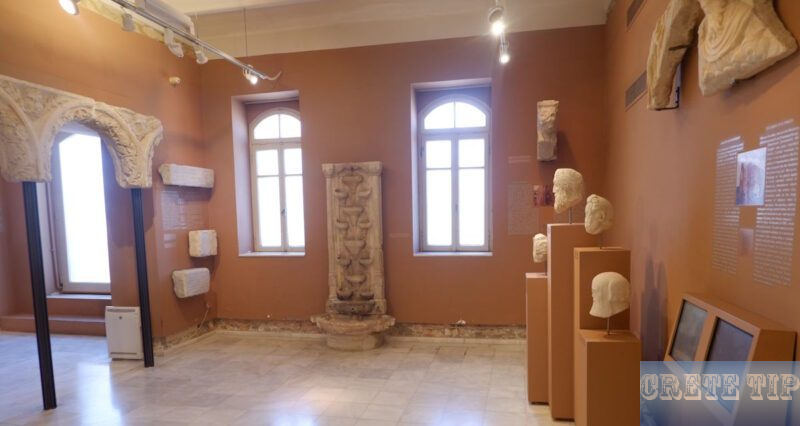
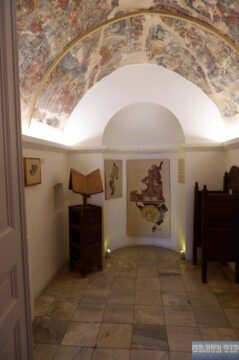
We start with Crete’s roots in antiquity. The displays cover life on the island from the 4th century AD, showing how daily activities, trade, and religious beliefs shaped the local culture.
Visitors can check out pottery, coins, mosaic fragments, and early Christian carvings. These items show how Christianity spread around Crete and influenced local traditions and art forms.
Highlights include:
- Early Christian tombstones and religious icons
- Everyday tools and household objects
- Illustrated texts in ancient Greek
Interactive maps and timelines help us connect these objects to the wider Mediterranean world. Through these displays, you see early Crete as both a crossroads and a community built on faith and commerce.
Medieval Period and Chandax
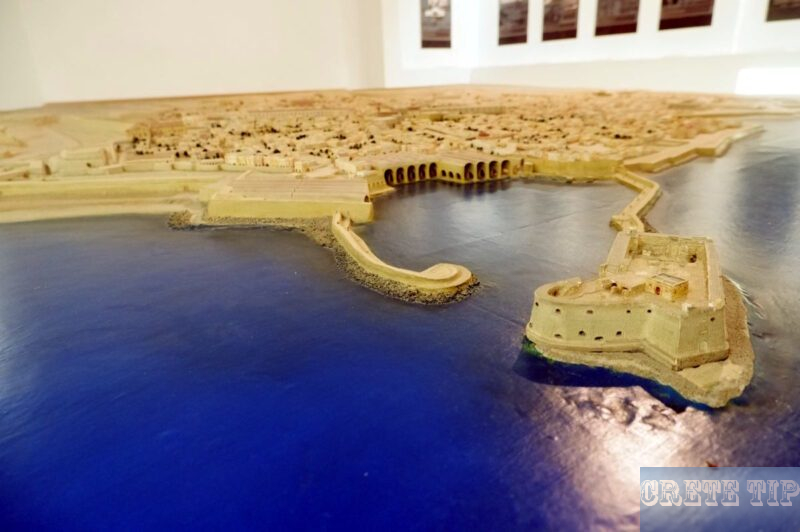
In this section, we step into the era when Heraklion was called Chandax. The medieval period was full of change, with the city shaped by Byzantine, Arab, and Venetian rule.
Artefacts include Byzantine coins, trail maps, and ceramics from this lively trading hub. Items from churches, like crosses and decorative panels, show how religion and daily life mixed.
Our medieval collection offers insight into Chandax’s transformation into a fortified Venetian centre. Paintings, models, and military relics reveal how it became a critical port in the Mediterranean.
Key exhibits:
- Miniatures and plans of old Chandax
- Weapons and armour from the Venetian era
- Objects from religious and civic life
This area lets us imagine what life was like in mediaeval Crete and see how the city’s layers of history influenced later generations.
Modern and 20th Century Crete
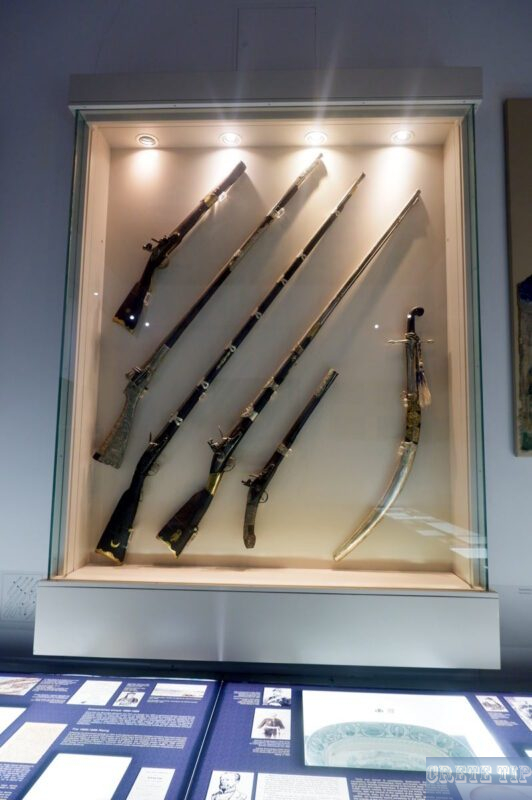
Here we cover the recent centuries, a time of great change and conflict. In the modern period, Crete moved from Ottoman rule through independence and eventually united with Greece.
Displays feature clothing, documents, and photographs capturing moments like the Cretan Revolt and daily urban life. There’s a central focus on the Battle of Crete during World War II, with wartime artefacts and personal stories from locals.
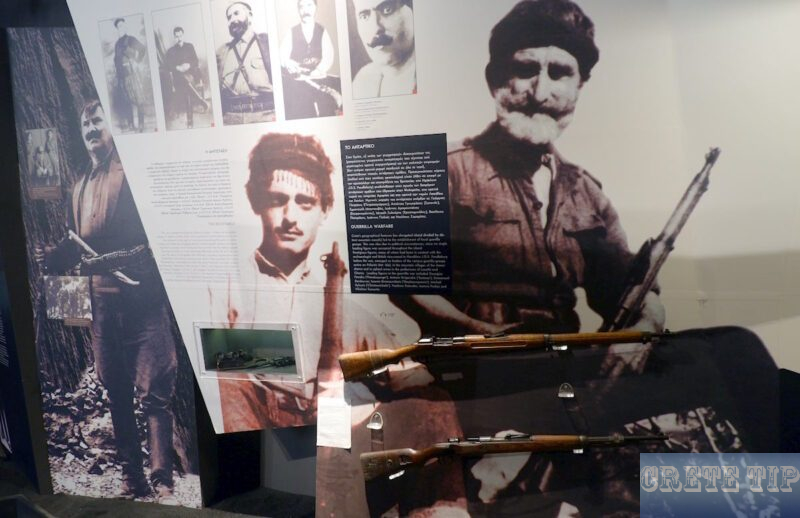
Collection highlights include:
- Letters, maps, and wartime diaries
- Uniforms and objects from the 20th century
- Newspaper headlines and official documents
By exploring these rooms, we follow Crete’s journey into the modern era, experiencing its challenges, resilience, and push for freedom.
Nikos Kazantzakis and El Greco
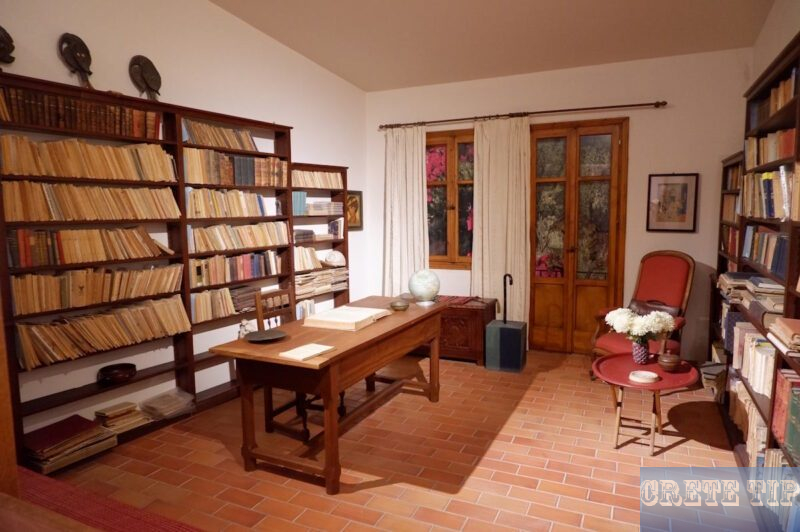
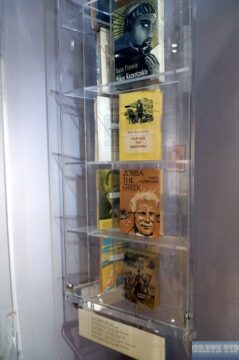
Two of Crete’s most celebrated sons, Nikos Kazantzakis and El Greco, have their own spaces in the museum. Each left a big mark on the arts and literature, in their own ways.
The Nikos Kazantzakis Room displays handwritten manuscripts, letters, and personal belongings. Film clips, photos, and first editions paint a picture of his global travels and literary influence.
Then there’s the El Greco section, focusing on the famous painter born in Crete. Copies of his paintings show his blend of local and European styles, and interactive displays help you learn about his career in Spain.
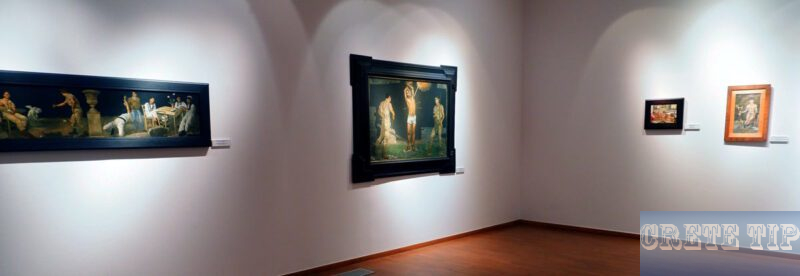
Features include:
- A timeline of Kazantzakis’ works
- Partial reconstructions of his study
- Stories and explanations of El Greco’s artistic methods
This part offers a closer look at the people behind the names, reminding us of Crete’s ongoing cultural legacy. It’s honestly inspiring to see their impact laid out like this.
Temporary Exhibitions and Events
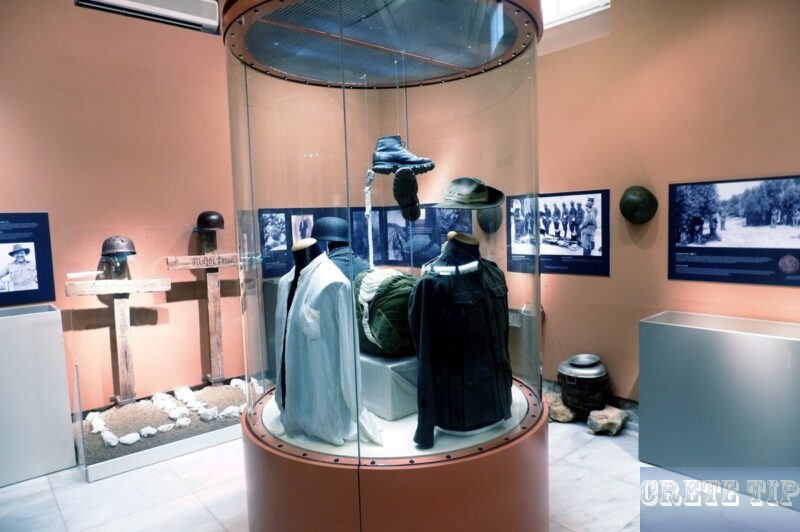
There’s always something new at the Historical Museum of Crete. The museum brings fresh stories to the public with changing exhibitions and marks special occasions with events and teamwork with other groups.
Rotating Exhibitions
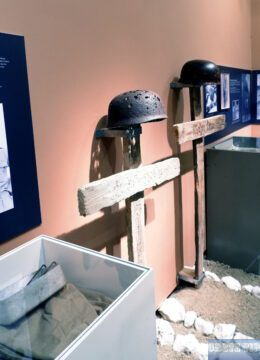
Temporary exhibitions give us the chance to see unique artefacts and learn new things about Crete’s past. These displays often focus on themes, anniversaries, or people who shaped our history.
One example is the exhibit “What Remains… Personal Stories from the Battle of Crete,” which opened on 2 June 2025 and drew on the private collection of Dimitris Skartsilakis. We often get to enjoy exhibits featuring fine art, historical documents, or items from archaeological digs.
Past topics have ranged from everyday life during the Greek Revolution of 1821 to modern Cretan artists like Sotiris Sorogas. These exhibitions are curated by the Society of Cretan Historical Studies and usually run for a few months.
Temporary exhibitions are announced on the museum’s homepage and sometimes include posters or introductory talks. These events keep Cretan history lively and give people a reason to come back.
Special Events and Collaborations
The museum also hosts special events to connect with the community and experts. Activities can include workshops, guided tours, opening ceremonies, or talks by historians and artists.
For example, the opening ceremony for the “What Remains…” exhibition brought together guests on 2 June 2025 to hear first-hand stories about the Battle of Crete. The museum regularly works with schools, universities, and cultural groups in Crete and beyond.
Collaborations help update exhibits, bring in external collections, or present work from other museums. These partnerships offer broader perspectives on Cretan history and help keep the exhibitions fresh and interesting.
Educational and Interactive Programmes
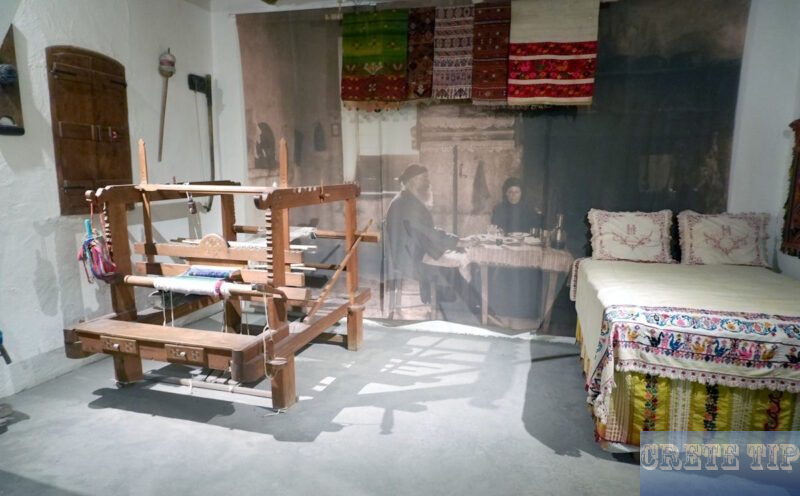
The museum tries to make learning about Crete’s history enjoyable for visitors of all ages. This hands-on approach lets families and students explore the past through workshops, fun activities, and digital media.
Workshops and Activities for Families
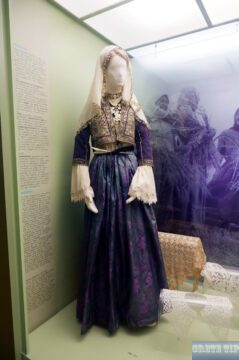
The museum offers a bunch of interactive workshops for families and kids. You might find yourself making traditional Cretan crafts, digging up “ancient” treasures, or listening to wild stories inspired by local legends.
Parents and children get to learn together—handling objects, making art, or even dressing up in costumes from way back when. The museum uses audiovisual media too, so there are videos, sound effects, and interactive displays that really pull you in.
Families can join these activities all year, but they’re especially popular during school holidays and weekends. The staff keep things lively and hands-on, making sure everyone’s having fun and actually learning something.
School Visits and Learning Resources
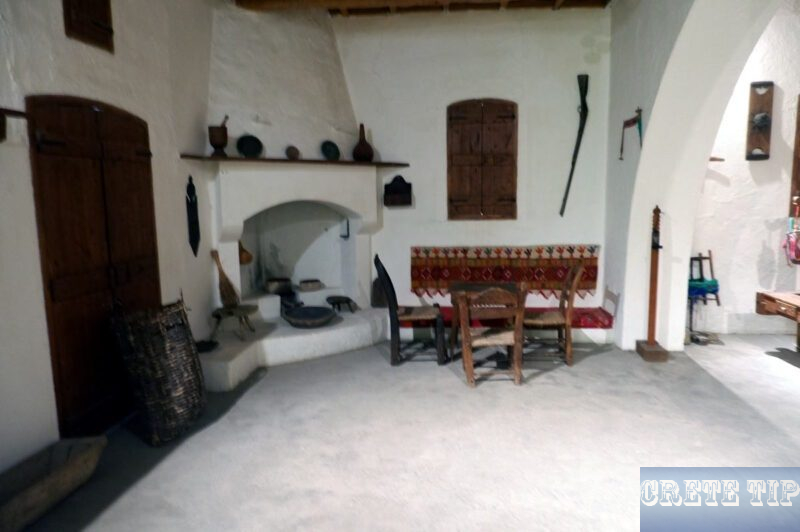
School groups are honestly a huge part of our museum’s vibe. They set up educational programmes for visiting classes from Crete and sometimes even further afield.
Guided tours include talks that fit each age group, time for questions, and activities that get students thinking for themselves. Teachers get free learning resources before they arrive—worksheets, lesson plans, and background info on the exhibits.
Interactive displays let students poke around topics like local history, ancient tech, and art. We want every school visit to feel memorable, with hands-on activities and group work that actually stick in your mind.
Visitor Information
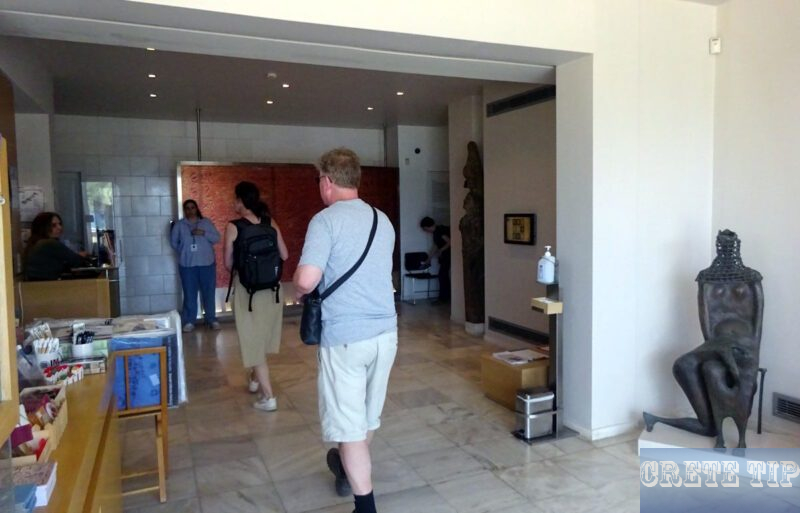
If you’re planning a trip to the Historical Museum of Crete in Heraklion, it’s worth checking the opening times, ticket options, and what’s actually on offer. Knowing these details makes for a smoother visit, especially if you’re coming with kids or anyone who needs extra access.
Opening Hours and Tickets
The museum works on seasonal opening hours. In the summer (April to October), you can drop by any day from 09:00 to 17:00.
Winter hours are a bit different, so it’s smart to check the website before heading out. They usually let you in up to 30 minutes before closing, but don’t cut it too close.
Tickets are sold at the box office. Paying by card is no problem—super convenient. Kids, students, and seniors often get a discount, and younger children usually get in for free.
On public holidays, the museum is closed. It’s always a good idea to double-check specific dates so you don’t show up to locked doors. Group visits are possible, though you might need to book ahead.
Admission price for adults: 8 Euros (2025)
Facilities and Accessibility
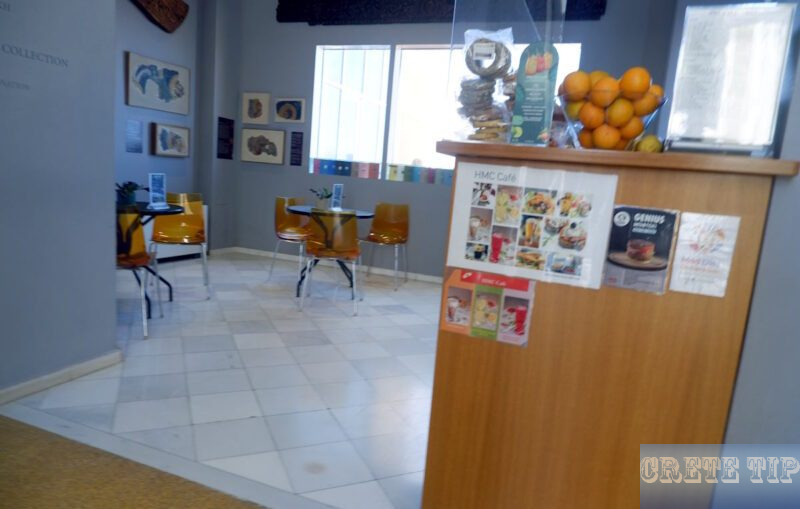
The museum’s right in the heart of Heraklion, close to other sights and public transport. You can walk from the center or hop on a local bus—either way, it’s easy.
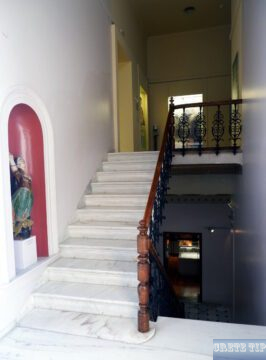
Inside, you’ll find clean restrooms and a cozy café if you need a break. Lockers are handy for stashing backpacks or bags so you can wander around without lugging stuff.
The building’s pretty accessible for visitors with mobility issues. There are ramps and a lift for wheelchair users, and the staff are happy to help if you need anything extra.
Signs and info are in both Greek and English, which is always nice. For groups or school visits, there are special facilities to keep things running smoothly. There’s also a small shop with books, souvenirs, and local crafts—perfect for grabbing a little memento before you head out.
Nearby Attractions in Heraklion
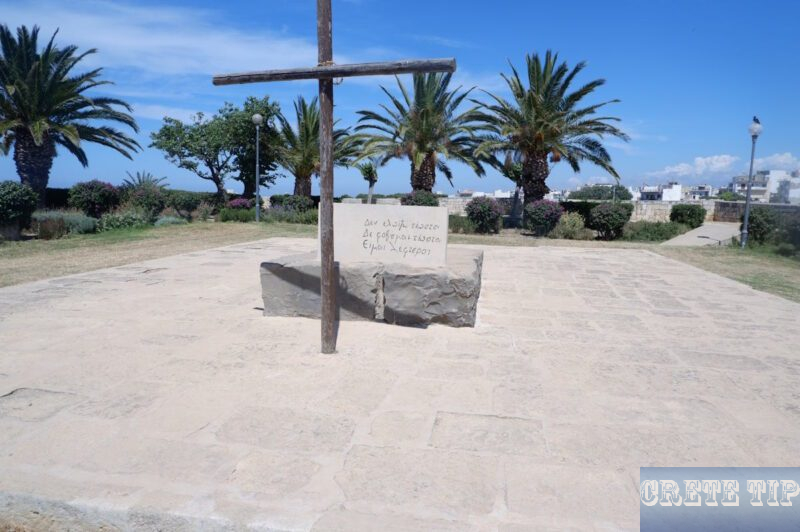
Tomb of Nikos Kazantzakis on the Martinengo Bastion of the city walls.
Heraklion is just packed with things to see and do. From fascinating museums to quirky local exhibits and even some great beaches, there’s a lot within easy reach of the Historical Museum of Crete.
Archaeological Museum of Heraklion
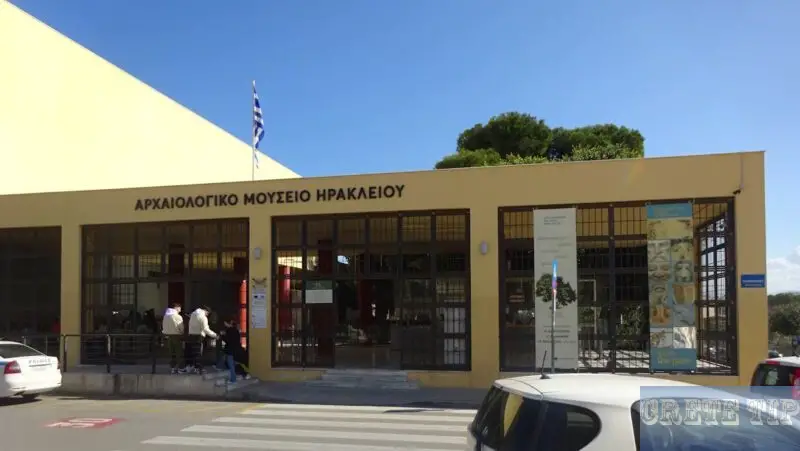
The Archaeological Museum of Heraklion is one of Greece’s best, honestly. You’ll see artefacts from Crete’s ancient history, especially the Minoan civilization—think the Phaistos Disc, vibrant frescoes, and intricate jewelry.
It’s just a short walk from the Historical Museum, so you can easily do both in a day if you’re up for it. The exhibits cover everything from the Bronze Age to Roman times, with interactive displays and descriptions in English to help you follow along.
Opening hours:
- Monday to Sunday
- 8:00 am – 8:00 pm (summer hours, these might shift in winter)
Ticket prices:
- Adults: about €12
- Reduced: about €6
You can grab tickets at the door or book online if you want to skip any lines.
Natural History Museum of Crete
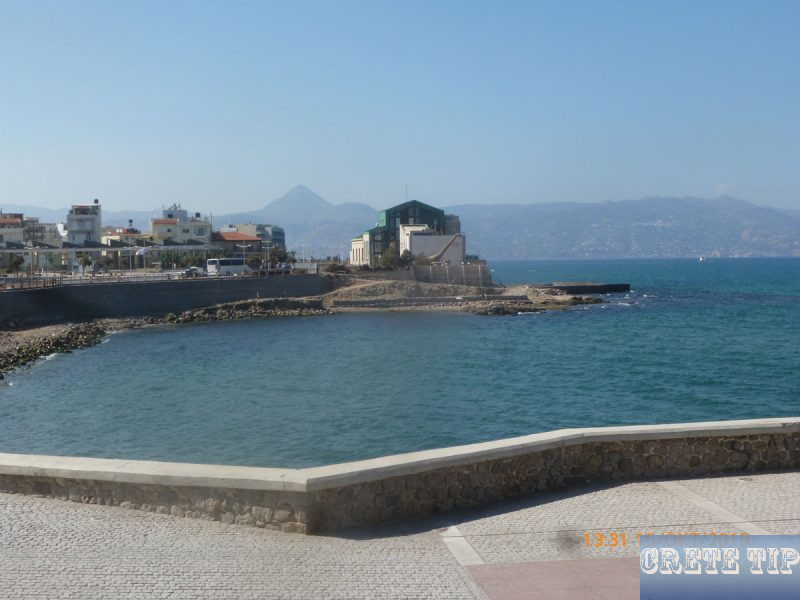
If you’re into science or wildlife, the Natural History Museum of Crete is a fun stop. It’s got everything from local animals and plants to geology, with lifelike dioramas and even an earthquake simulator.
Lots of families and kids love this place. Some of the exhibits dive into Cretan fossils and how the island’s creatures have adapted over time. Plus, it’s set right on the waterfront, so you get some lovely sea views thrown in.
Facilities include:
- Friendly staff
- Accessible entrance
- Gift shop and a small café
Tip:
- Give yourself at least 1–2 hours to see everything without rushing.
Beaches and Leisure Activities
Heraklion isn’t just about museums. If you want some sun, Amoudara beach is only a short drive from the city center. The water’s clear, the sand’s soft, and it’s perfect for swimming, sunbathing, or even a bit of water sports if you’re feeling energetic.
There are beachside cafés and tavernas for snacks or a meal with a view. Facilities are solid—sunbeds, showers, changing rooms, all the basics covered.
If you’re up for more adventure, there are boat trips and guided snorkeling tours too. It’s easy to mix in some beach time with sightseeing for that classic Cretan balance.
Frequently Asked Questions

People ask us all sorts of things about visiting the Historical Museum of Crete. Here are some of the most common questions—hopefully, they’ll help you plan your trip.
What are the opening hours of the Historical Museum of Crete?
The museum usually opens in the morning and shuts in the afternoon. Hours can change on public holidays or between seasons, so it’s best to double-check the official website before you go.
How much does it cost to visit the Historical Museum of Crete?
There’s an admission fee of 8 Euros (2025). Discounts are on offer for kids, students, and seniors. You can pay with cash or card at the entrance.
Can I buy tickets for the Historical Museum of Crete in advance?
Tickets are sold right at the door. Most people pay when they arrive, since online advance sales aren’t really a thing here. For big groups or special events, it’s worth contacting the museum ahead of time.
What are the must-see exhibits at the Historical Museum of Crete?
Some of the highlights: detailed models of Heraklion, rooms showing rural Cretan life, and collections of historical objects and photographs. Lots of people also enjoy the recreated local environments from different eras.
Is there a guided tour available at the Historical Museum of Crete?
Guided tours might be available, especially for school groups or during special events. It’s a good idea to reach out to the museum early if you’re interested in a scheduled or private tour.
What is the estimated time to explore the entire Historical Museum of Crete?
Most people end up spending somewhere between one and two hours wandering through the museum. It really depends on what catches your eye and how much you want to linger at certain exhibits.

